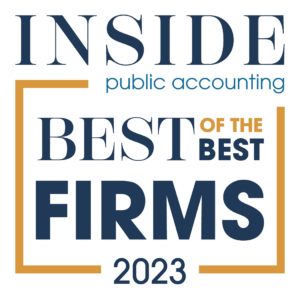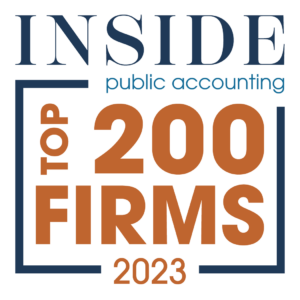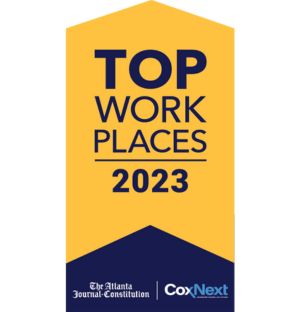
Have you been using the same software for years? If so, it might be time to ask yourself: Am I using the right software? Before you start to google accounting software, call your current vendor or stop reading this blog, ask yourself these questions:
Question #1: Is my current software meeting my needs?
Growth and expansion can lead to new requirements over time. If you’re managing various aspects of your business in spreadsheets or on paper, the answer is probably no, the software is not meeting your needs. In addition to providing core accounting requirements, many software packages will also support operations for warehousing, distribution, manufacturing, job costing and more, with data integration across all functions.
Question #2: Is there a compelling reason to change?
You may be content with your current software and processes. The status quo may provide the best balance between cost and benefit or you may find a new solution relieves the pain points of your current software. Other times, the decision to make a change is outside your control. The software that was the gold standard 20 years ago, may be reaching the end of its life.
Rather than adapting old software to new technology, many software companies are phasing out the old and building new solutions. (CAUTION: Whenever your existing vendor recommends a new software, you should always treat it like a new software purchase and evaluate your options.) Other factors may include changes in the industry, new technology and succession planning. If you are considering selling your business, reliable reporting and name brand recognition may be crucial to the buyer.
Question #3: How much is new software worth?
Before you consider any new software, you need to know how much you’re willing to spend. There are initial costs of software licenses, implementation services and/or training. As a rule of thumb, you should expect software-related services to cost 1-3 times the actual software license fees. After the initial costs, you may have subscriptions fees, software maintenance and ongoing services. Know your budget!
On the flip side, how much is your current software costing you? Don’t just consider your current software cost. Do you have more employees because you have duplicate data entry? Do you have manual processes that lead to costly mistakes? You should compare the cost of the new software against the cost of inefficiencies, lack of information for decision making and other pain points caused by using the existing software.
Question #4: How will it impact my current staff?
A bookkeeper who is comfortable with QuickBooks may find it difficult to adjust to an integrated system where automated postings are coming from inventory or job cost. Data entry on a tablet may be intimidating to a manager who is used to dealing with paper. New software often means new processes and a re-distribution of work. In the big picture, you will see increased efficiency, timeliness of information and better data integrity. At the staff level, you may need to plan for additional training, change management coaching and/or the shift of roles and responsibilities.
Question #5: How will I leverage technology?
You can use mobile devices and web browsers to enter data and transact business. You can provide access to information anytime, anywhere. Take advantage of new integration solutions for timekeeping, expense report and credit card receipts, electronic invoice approval, document management and HR Management.
For on-premises solutions, you may need specialized IT staffing and additional hardware. Many software solutions are available in the cloud. By outsourcing hardware and software maintenance, you can focus on your core business strengths.
The bottom line
The answer to whether you are currently using the right software will be different for every business. If your answers to these questions indicate it’s time to look at new software, do your homework before contacting vendors:
- Step 1: Prepare a needs analysis of your requirements
- Step 2: Prioritize functionality
- Step 3: Develop a matrix to evaluate and compare software options.
If you need help accomplishing these 3 steps, you always have the option of engaging a consultant to help you identify your requirements and evaluate your options.
Remember: The vendor’s desire to sell their product may take priority over finding the solution that best meets your needs. The most important thing to keep in mind is that the more you understand your own needs, the better you will be at selecting a vendor and the best fit software.







0 Comments